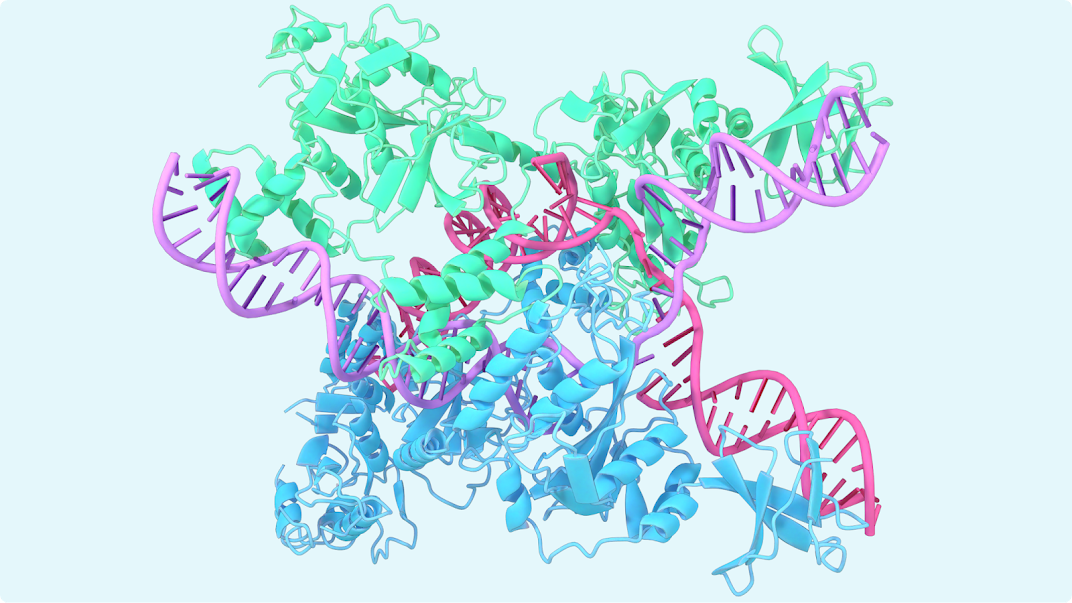In a remarkable achievement that could revolutionize the field of data storage, a team of scientists from China has developed an optical storage disc with a staggering capacity of 1.6 petabits, equivalent to an astonishing 200 terabytes. This breakthrough shatters the limits of existing storage technologies and could pave the way for a new era of ultra-high-density data storage solutions.
The key to this unprecedented storage capacity lies in the innovative use of an ultra-transparent film called "aggregation-induced emission dye-doped photoresist" (AIE-DDPR). This advanced material allows for data encoding across an incredible 100 layers within the disc, a feat that was previously unimaginable in the realm of optical storage.
To put this technological marvel into perspective, the largest hard drives currently available can store up to 100 terabytes, a mere fraction of the capacity achieved by this groundbreaking optical disc. This technological leap has the potential to revolutionize data storage in data centers, where an exabyte of information could potentially be stored in a single room, a feat that today would require a space the size of a stadium.

The researchers from the University of Shanghai for Science and Technology, the Shanghai Institute of Optics and Fine Mechanics, and other Chinese institutions have combined the AIE-DDPR film with dual lasers, enabling the encoding and reading of data from spots approximately one-tenth the wavelength of visible light. This remarkable achievement surpasses the optical diffraction limit that has historically restricted the resolution of optical imaging systems, unlocking new realms of storage density.
While the implications of this technology are far-reaching, one of the most promising applications lies in the realm of data centers. The ability to store vast quantities of data in a compact and energy-efficient manner could address some of the most pressing challenges faced by modern data storage facilities, such as the ever-growing demand for physical space, heat dissipation, and energy consumption.
Imagine a world where the cavernous data centers of today could be replaced by compact, highly efficient facilities, reducing the environmental impact and operational costs associated with data storage. This technology could fundamentally reshape the way we approach data storage, paving the way for more sustainable and efficient solutions.

Despite the declining interest in physical media for consumer entertainment, the researchers are optimistic about the future applications of this technology in enterprise and archival storage. They envision a future where the space required for high-capacity data storage could be reduced from large facilities to single rooms, a paradigm shift that could revolutionize the way data is stored and managed.
The researchers have also indicated that these discs can likely be manufactured in about six minutes each, using processes similar to those used for DVDs. This suggests the potential for scalable production, further increasing the accessibility and viability of this technology for widespread adoption.

As with any groundbreaking technology, there are challenges and limitations that must be addressed. The researchers are actively exploring solutions to overcome these hurdles, such as developing more advanced materials and refining the manufacturing processes to further improve the storage capacity and efficiency of these optical discs.
Furthermore, the integration of this technology into existing data storage infrastructure and ecosystems will require careful planning and collaboration with industry partners. Ensuring seamless compatibility and adherence to industry standards will be crucial for the successful adoption of this technology.

Despite these challenges, the potential impact of this breakthrough cannot be overstated. It represents a significant leap forward in the field of data storage, opening up new avenues for innovation and paving the way for more efficient, sustainable, and cost-effective solutions.
As data continues to play an increasingly vital role in our digital world, the need for advanced storage technologies becomes ever more pressing. This groundbreaking optical storage disc could be the answer to many of the challenges we face, ushering in a new era of high-density, energy-efficient, and environmentally-friendly data storage solutions.











